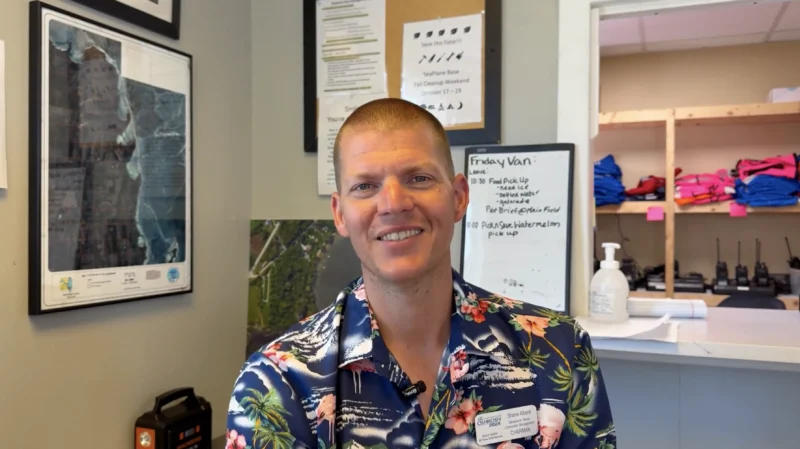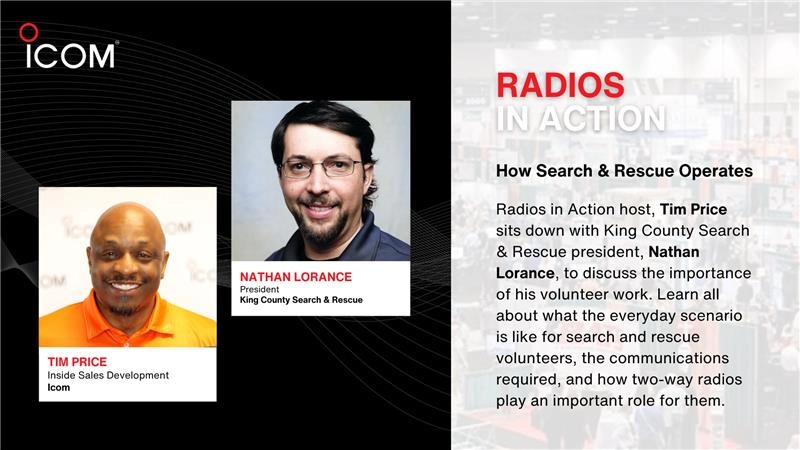Reaching Out to the Youth with Amateur Radio at the Pacific Science Center
For many young people, space feels distant—something to admire from afar through screens and telescopes. But amateur radio has long been a bridge between Earth and the stars, offering an unexpected way to connect directly with astronauts orbiting hundreds of miles above. Programs like ARISS (Amateur Radio on the International Space Station) make that possible, turning static-filled airwaves into pathways of curiosity and inspiration. The beauty of amateur radio is not in sleek gadgets or cutting-edge tech, but in its accessibility: with the right equipment and training, anyone—from a curious teen to a seasoned hobbyist—can reach beyond our atmosphere.
At the Pacific Science Center, this potential has been put into practice in bold ways. Hands-on learning experiences like building tape measure antennas and fox hunts don’t just teach technical skills; they spark collaboration, resilience, and the joy of discovery. These exercises embody the spirit of making and innovation—embracing trial, error, and perseverance as stepping stones toward confidence. In a world where STEM engagement often risks feeling abstract or out of reach, amateur radio reintroduces the tactile thrill of problem-solving and the power of real-time connection.
Yet, the challenge remains: how do institutions make such hands-on learning scalable when thousands of visitors pass through each day? Finding creative ways to bring amateur radio’s spirit to life—whether through simulated contacts, guest-led demonstrations, or maker-in-residence programs—will be crucial to sustaining momentum.
One person at the forefront of this work is Chloe Buldoc, Interim Supervisor of the Maker & Innovation Space at Pacific Science Center, who has helped bring amateur radio into the spotlight by connecting youth directly with the International Space Station.



